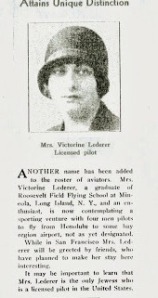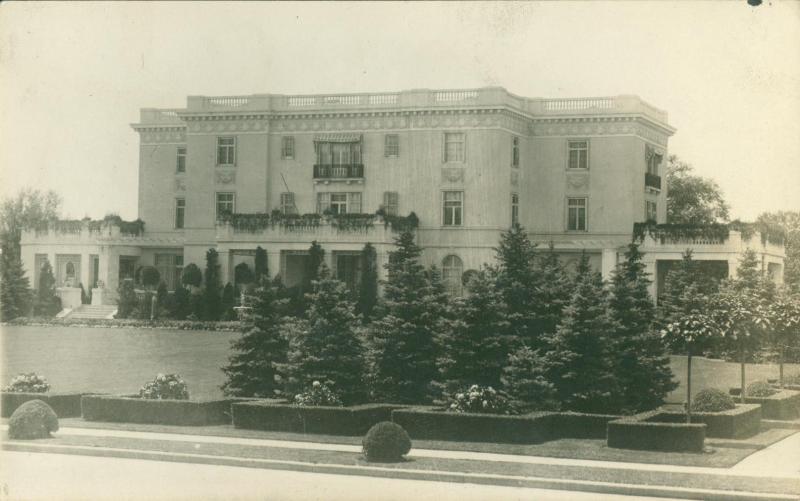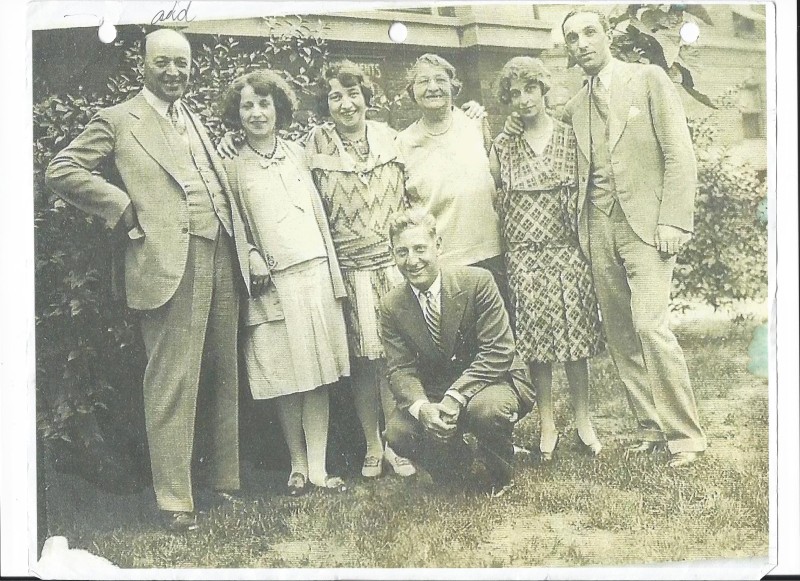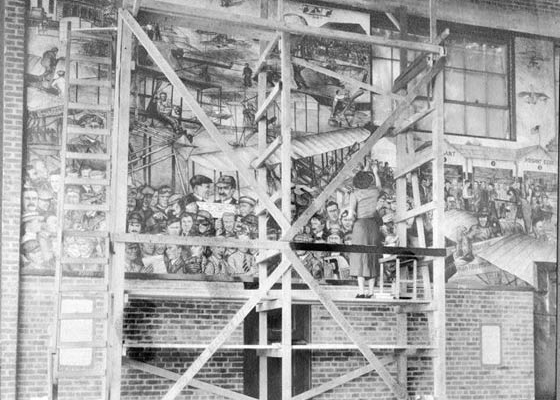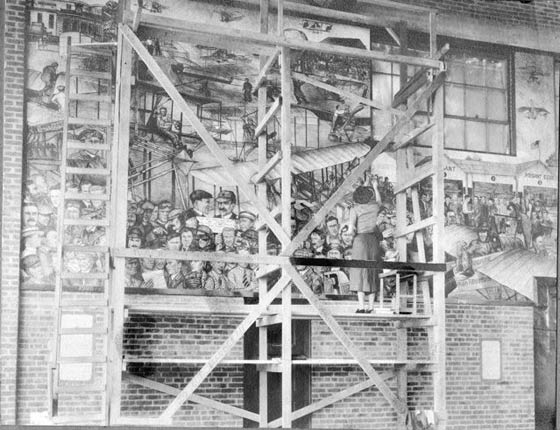
High Society women lived well even during the Depression.
The culture of the 30’s changed in many ways because of the Depression. It was a time of austerity and wealth. Only a small % of the population lived in the high society. Most lived abject poverty. The stars were pictured in many magazines, but women could only stare at them. Most could never achieve the looks of these famous people. Women used accessories like jewelry, belts and hats to appear like their screen idols.
There was an incredible disparity between the rich and the wealthy during the depression. Those in high society barely noticed the horrors of poverty that the average person endured. The rich lived in their own little world of excitement and fun. Many still had an incredible amount of money during the depression. Most people weren’t aware of the wealthy people because they were just trying to survive. They couldn’t imagine that they would ever that they could climb out poverty. Incredibly, this small percentage of rich people did exist.
Screen stars like Greta Garbo, Vivien Leigh and Claudette Colbert represented glamour and rich women wanted to emulate them. Even the wealthy used accessories to enhance their look. Belts, jewelry, and hats were used on a regular basis by those that could afford these extras.
They were able to afford some of these expensive styles but women living in poverty could never imagine wearing those clothes or any accessories. These accessories made many women feel like they were wearing different clothing.
Women found ways to be frugal by wearing two-piece suits. This would allow women to change tops or skirts for different occasions. Women felt they had new clothes. Women’s coats during the depression were perfect for the frugal. The wealthy wore detachable fur collars and made it appear like two coats. Spring brought rain and high society women used clear umbrellas so their exquisite and stylish clothes could be seen underneath the umbrella.
Wealthy men wanted to look like Cary Grant, James Stewart or Clark Gable. They wanted to dress like them, act like them or even imitate their talk. Men wore raccoon coats because they rode in open cars and had to protect themselves in inclement weather. These coats were the rage of the era while the men living in poverty were lucky to have a light coat.
Men of great wealth always wore a suit. They were made to make men look more manly. The bought were very long to make seem strong and tall. Men who lived in poverty didn’t worry about looking more manly. Most of them didn’t even have any suits. They wore ill-fitting clothes because they never had the money to buy new clothes. They were just grateful to feed and clothe their wives and children.
Men in poor families found jobs where physical strength was needed. They became dirty and needed strong clothes to be farmers, construction workers or minors. These clothes were called overalls.
Children learned to play by using their imagination. Rich families bought their kids Mickey Mouse dolls or even a Buck Rogers ray gun. Boys and girls played with Tinker Toy Construction Sets, toy trains and Lincoln Logs. Poor families couldn’t afford to buy store bought toys for their children so they gave them old toys from siblings. These children played with finger paint, marbles and jacks.
Children’s clothing depended on the parents’ monetary situation. If the parents were wealthy their children dressed as the child stars of Hollywood like Judy Garland, Mickey Rooney and Shirley Temple. Poor families were not able to dress their children in the same way. It was common for them to make their children’s clothes. Sometimes they even used empty flour sacks for their children’s clothes.
Wealthy Parents were able to buy their children’s shoes for play, school or church. Poor children usually went barefoot because the family couldn’t afford to buy their shoes.
High society people continued to live as they had in the 20’s. Scions of industry like John D. Rockefeller and Andrew Carnegie came to see and be seen at the famous El Morocco and The Stork Club. The most famous socialite was Betty Hutton. She had the most lavish coming out party that cost more than $ 6,000 dollars.
Wealthy people could continue their lifestyle during the Depression where they could drink as much as they wanted. Those that wanted fun would travel by boat far enough from the shore line so prohibition laws wouldn’t apply. They partied, drank and danced to the best bands like Glenn Miller, Harry James and Jimmy Dorsey.
The 30’s were the most unusual time in our country’s history. The wealthy and the poor never seemed to meet in the middle. Those who lived through the Depression era felt it colored their lives with riches or poverty. Not everyone was standing in line asking Brother Can You Spare a Dime. I don’t mean to diminish the horror of poverty during this era but we must remember both groups existed during the Depression. This reality was part of our country’s history.
New York was the center of the cafe society. The El Morocco and The Stork Club were the places to see and be seen. Socialities, celebrities and those from aristocratic families lived lives that the rest of Americans couldn’t even imagine. The Waldorf Astoria-Hotel and The Ritz Hotel held lavish parties often planned by hostess Elsa Maxwell. These parties were the most extravagant of the era. Socialite, Betty Hutton was the granddaughter of the Woolworth family had a coming out party that cost over $60,000 in 1933. The rich and famous were in attendance including the Rockefellers and the Astors.
Wealthy, newspaper magnate William Randolph Hearst was losing huge amounts of money during the Depression but he continued to spend extravagantly. His parties were known all over the country due to the gossip columnist Louella Parsons.
The 30’s would be remembered as the of excruciating poverty and incredible excesses. Most people today only relate with their extremely difficult lives. Most don’t realize that there was a segment of the society that still lived the high life. The 30’s were the most unusual time in our country’s history. The wealthy and the poor never seemed to meet in the middle. Those who lived through the Depression era felt it colored their lives with riches or poverty. Not everyone was standing in line asking Brother Can You Spare a Dime. I don’t mean to diminish the horror of poverty during this era but we must remember both groups existed during the Depression. This reality was part of our country’s history.

